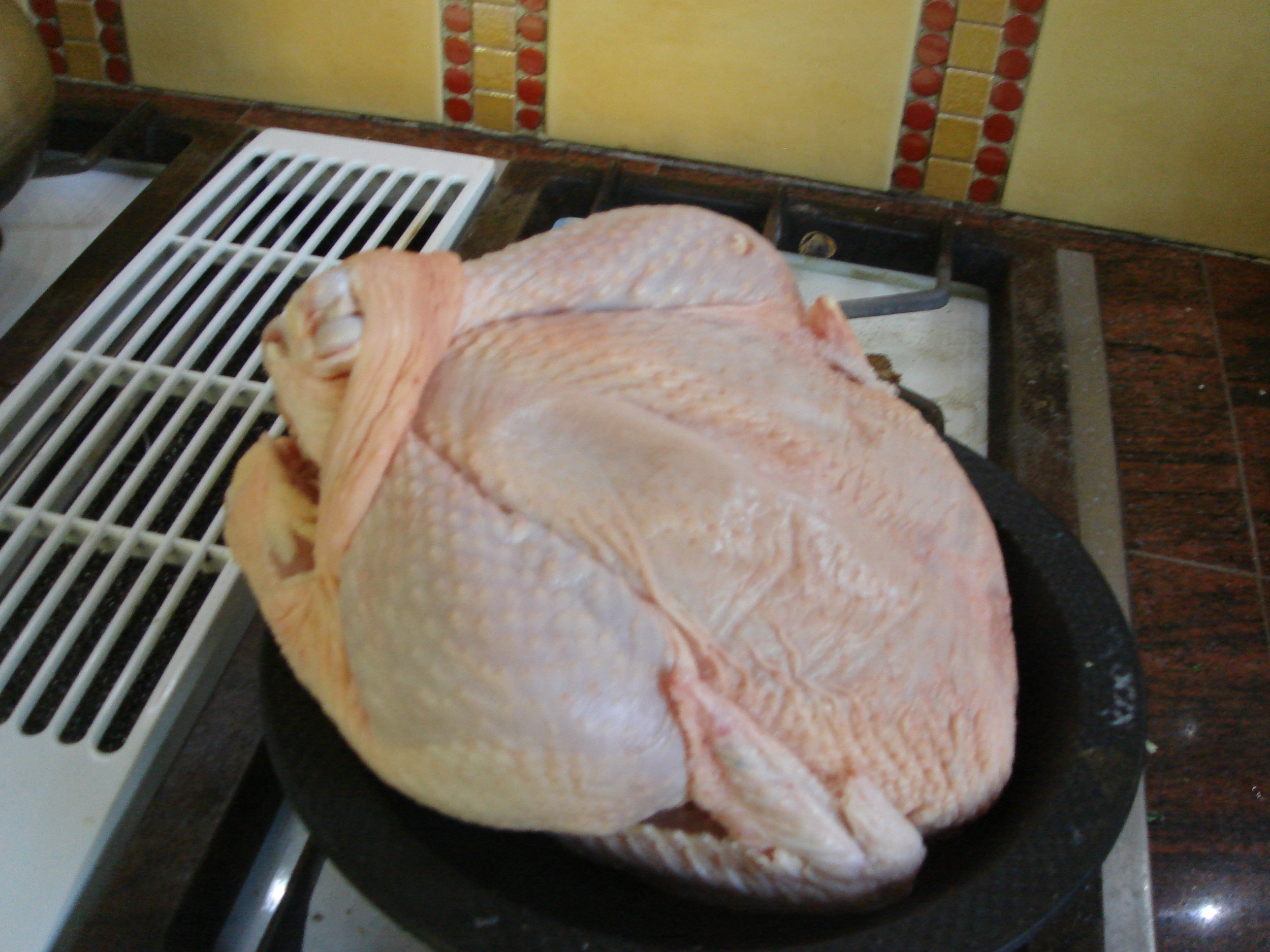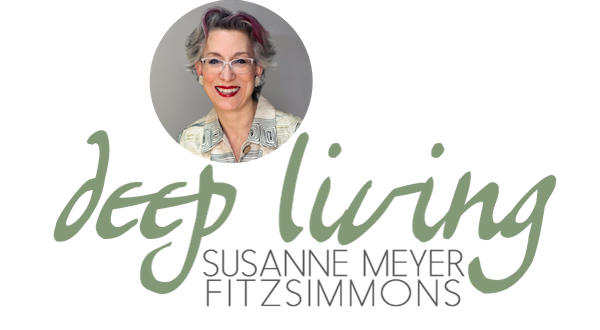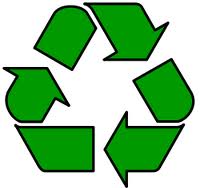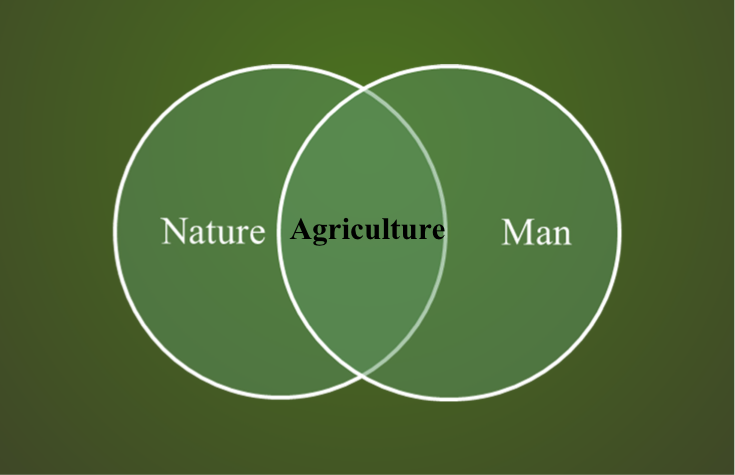 1. on eating meat
Humans have been eating protein forever, some ethnicities more of it, some less of it, depending on geographical circumstances. Sustainable farming and animal husbandry have been practiced in conjunction since we humans became sedentary, using the animal manure as fertilizer for the crops, feeding the animals leftovers and scraps, and eating some (not lots!!) of them, all in a pretty balanced cycle.
1. on eating meat
Humans have been eating protein forever, some ethnicities more of it, some less of it, depending on geographical circumstances. Sustainable farming and animal husbandry have been practiced in conjunction since we humans became sedentary, using the animal manure as fertilizer for the crops, feeding the animals leftovers and scraps, and eating some (not lots!!) of them, all in a pretty balanced cycle.
The picture only became horrific in the last 50 years or so when we began to produce (!!) meat. The plight of the animals in CAFOs (concentrated animal feeding operations), modern breeding aberrations, the realities of modern abattoirs and subsequent meat processing practices (documented ad nauseam (literally) in Jonathan Safran Foer's Eating Animals) are nightmarish. One would not want to eat such meat!
The other problem is that the percentage of meat in our diet has reached addictive proportions with the decrease in meat prices, something that is not good for our body either (unless you were Inuit or Maasai, and then you wouldn't eat industrially produced meat).
Lastly, from an evolutionary perspective, increased meat consumption has been linked to increased brain growth (although I am thinking that our brains may not have grown in proportion with the increased meat consumption of the past 50 years, otherwise we might not be where we are at environmentally).
Dirt Magazine has a brief presentation on meat vs. produce in their May-June issue (article not yet online). However, the two opinions are too simplified. So please reserve judgement until you have read all 3 installments.
to be continued...






